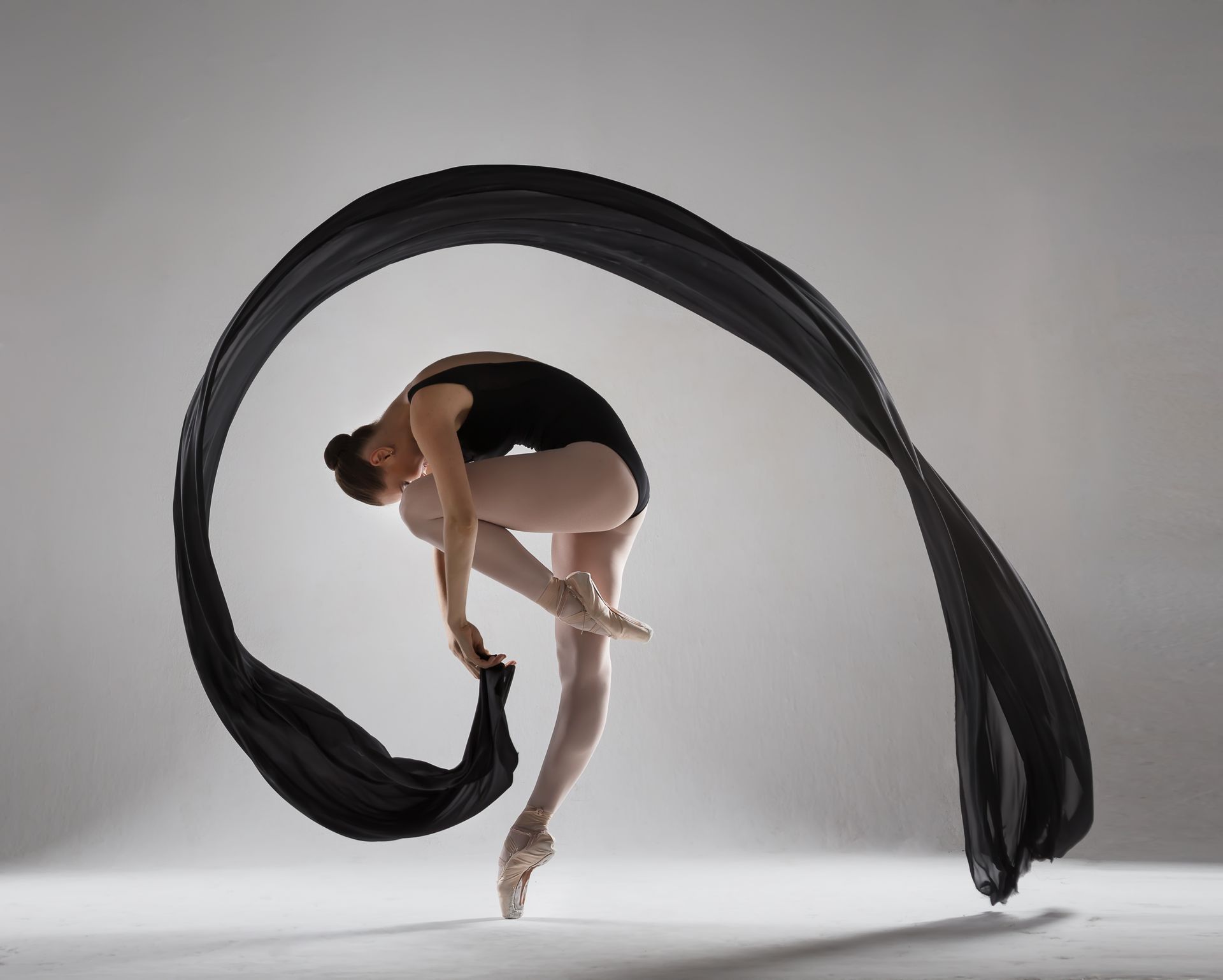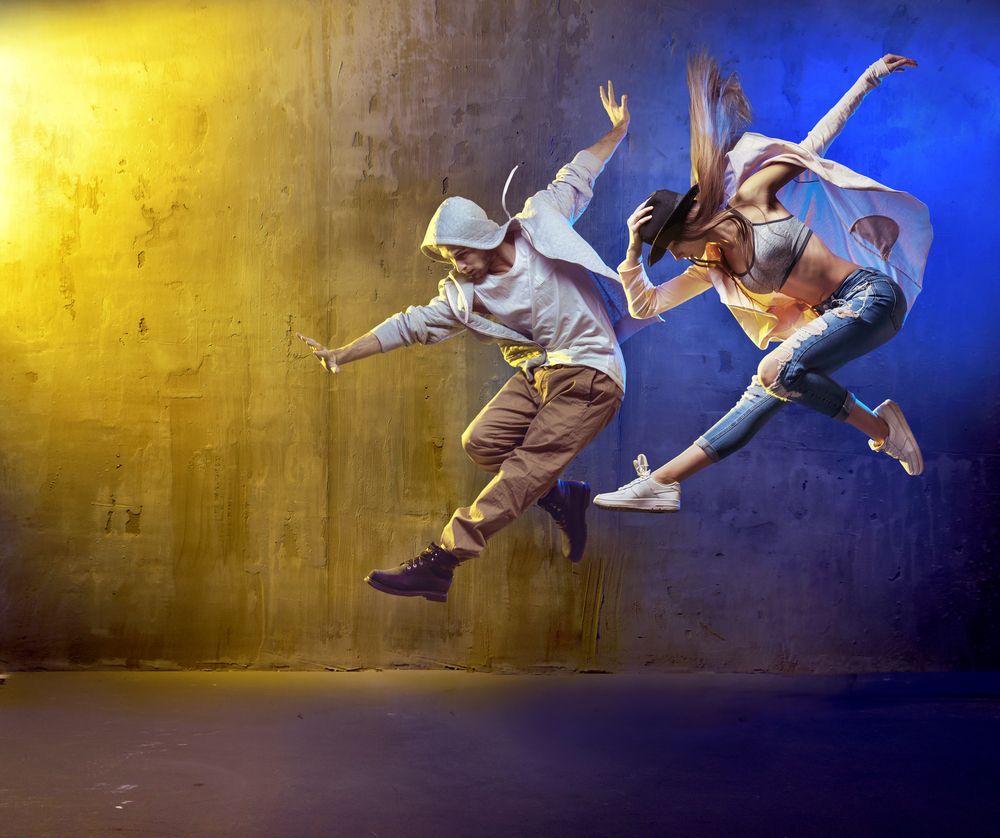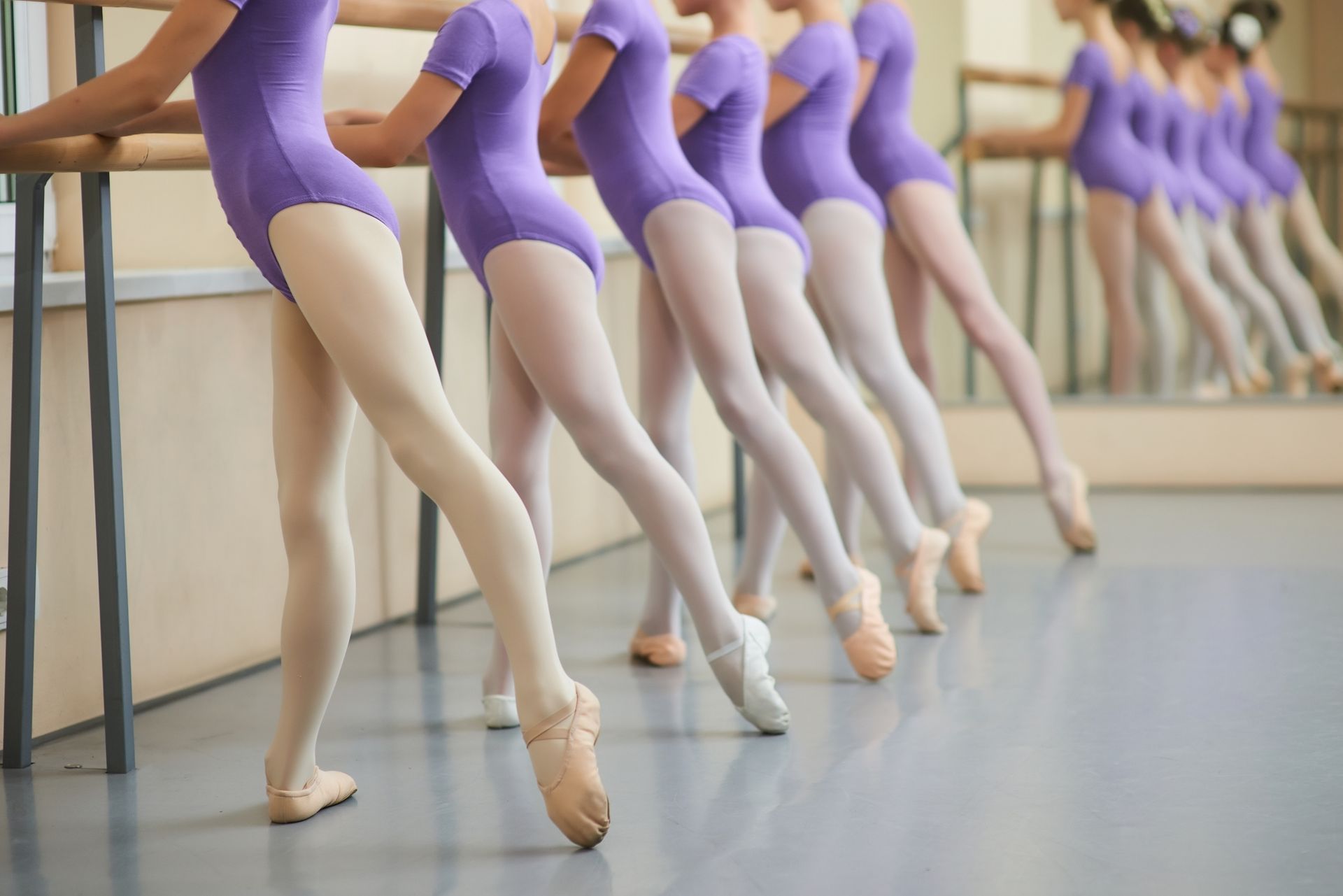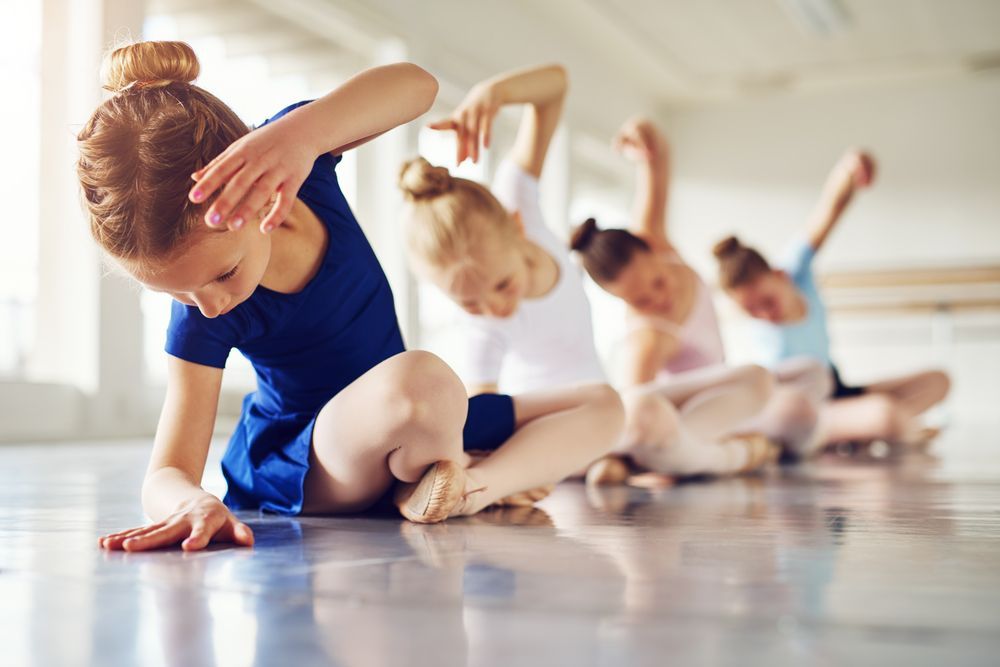Behind the Dance: Jazz & Tap
Enjoying the dance style of jazz is easy. This style of dance fuses together fluid, upbeat music with exuberant dance moves and inventive movements. While it’s easy to wrap your head around why this dance is so popular throughout the world and loved by people of all ages, backgrounds and abilities, not many people are familiar with the roots of this beloved dance style.
At We’re Dancin’ we love not only teaching fabulous dance moves to all who come through our doors, but we also love sharing the history behind these dances! Understanding where a dance comes from, how it was formed and how it’s changed throughout the decades can be very helpful when it comes to learning that dance. Being able to relate dance moves to where they came from or understand why certain genres are the way they are can be a great way to not only help the dance really stick in your memory, but also make that dance more enjoyable!
Jazz was first developed and established in the United States during the twentieth century. Jazz dance is a performative dance style that now consists of two main subgenres: The classic jazz style and the more theatrical Broadway style. Despite its name, the style of jazz dance has evolved and is now rarely danced to just jazz music.
How it Began
Like other popular dances within American culture, such as swing, jazz was originally born out of African culture. Dance was steeped throughout African culture and a common way to celebrate, socialize and participate in religious ceremonies. Eventually, the roots of these African dances became a part of American culture and served as the foundation of popular dance genres that would eventually be commonplace within our culture.
In the early 1800s New Orleans became the central place for popular and experimental music of the time such as blues, ragtime and marching styles. It was in 1817 when a seed was planted that would lead to a major boost in popularity for jazz music. It was during this year that New Orleans established Congo Square - an area of public park space for dance and music performers to gather and hold impromptu shows. This space would become an epicenter of sorts for jazz to eventually develop.
During the late 1800s and early 1900s when other popular dance moves were being introduced to America, such as the Charleston, Lindy Hop and Swing, jazz music was also growing in popularity. Jazz music encompasses some elements of African music, such as the rhythms, drumming styles and format.
As jazz music evolved, so did the dancing that accompanied it. The style of dance that emerged from this movement was appropriately termed jazz dance. The style of jazz dance was vibrant and borrowed some inspiration from other dance styles such as ballet.
Jazz Dance Takes Off
During the twentieth century there were many choreographers that became famous and revered for their contributions to the world of jazz dance. One such person was modern dancer Jack Cole. During the 1930s, Cole began incorporating elements of African and East Indian dances into his performances. Cole’s fusion dance style would soon heavily influence choreography for Broadway and Hollywood performances and increase the popularity of jazz dance.
As Cole’s dance style grew in popularity, he began training Hollywood dancers for major contract work and performances. Partly because of the notoriety of Cole’s choreography and because of the growing instances of jazz dance in American pop culture, jazz during this time was beginning to become more respected as a ‘legitimate’ form of dance. Up until this point jazz was often viewed by people as being just fun, casual and requiring less skill than other dance styles such as ballet. As jazz dancers grew in popularity and skill the public started to view them as highly skilled, dedicated performers and talented in multiple styles of dance - all of which came together in jazz.
Jazz dance was quickly becoming an established and respected form of dance and exciting entertainment for audience members. Because jazz is so fluid and comprises many different influential dances, choreographers of the time each started to put their own spin on their version of jazz.
During the 1930s, Katherine Dunham borrowed influence from African and Carribean tribal dances and joined them with ballet and modern dance to create memorable pieces. Alvin Ailey was another popular jazz choreographer during this time. He combined classical jazz music with modern dances and African-American spirituals in his pieces. Michael Kidd on the other hand was a frequent performer in the American Ballet Theatre and his jazz performances reflected this with fluid moves and narratives.
Jazz Today
The transformative style of jazz dance has continued to grow and evolve throughout the decades. Jazz continues to be popular in pop culture today and remains a vital source of entertainment for audiences from around the world on Broadway stages. The performative and flexible style of jazz is ideal for many beloved Broadway performances because of how it can be shaped to fit whatever piece it is accompanying. Jazz can be seen accompanied with acrobatics in Pippin, with traditional jazz moves in Cats and with heavy modern influences in The Lion King.
Jazz is a dance style that can be performed and used in a variety of ways thanks to the many dance styles that have gone into it over the years. Jazz is not a strict or rigid style and instead embraces fluidity, freedom, energy and imaginative moves. The freedom that jazz provides to dancers makes it easy to understand why jazz continues to be a favorite dance style among dancers everywhere, from the professional to the beginner.
Jazz has not only proven itself to be a fun dance for dancers to take up, but it has also cemented itself as a favorite among performance audiences as well. Whether you’re embracing the movements on stage or entranced by them from the audience - jazz remains a favorite among all!
Original content created for We're Dancin' by Minieri & Company | © 2018-2024 Minieri & Company LLC. All Rights Reserved.





